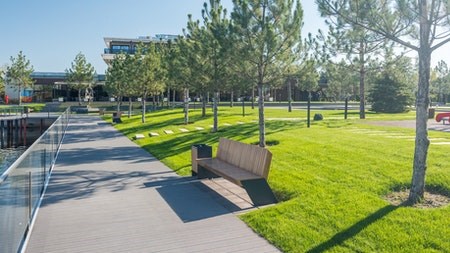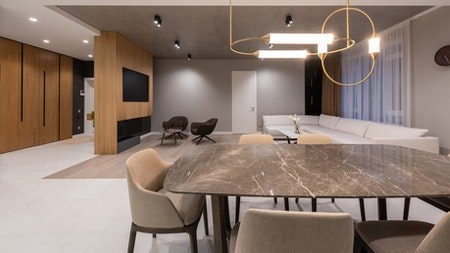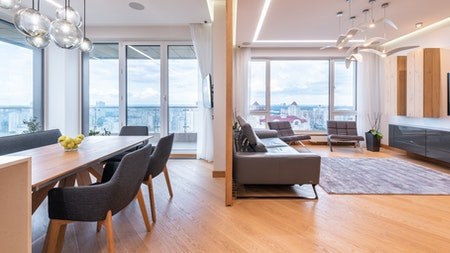Whether you're an experienced gardener or a novice and, with a little planning and effort you can turn your small courtyard into a delightful extension of your home.
First of all, you need to find out what kind of environment your courtyard has.
This will dictate what type of plants will thrive and which areas would be better paved. Full sun means six or more hours of sunshine a day. Part sun is about three hours a day, and some courtyards may be in full shade.
Before heading for the nursery, watch the space for a few days to get a sense of how much sunshine each section gets and at what time of the day. Also, try to gauge how the sun might move differently in different seasons. For example, an area that's in full shade in winter may be in full sun in spring.
When you do visit the nursery, it’s important to read plant tags and make sure the perennials, shrubs, or trees you choose will do well in your courtyard.
Design
The first step in designing a small outdoor area is to create a structure for the entire space – much as you would for any room inside your home.
Start with the boundaries, by making sure they don’t overwhelm the space. To give the courtyard the feel of an outdoor room, the fences or walls should be as uniform as possible. If they aren’t all the same, they should at least complement one another.
One of the reasons courtyard gardens often seem unwelcoming is that the visible join between boundaries and paving makes the space look too much like a yard. For a softer look, leave a bigger gap and plant a groundcover - like Mondi grass – or place containers around the edges. Keep in mind, though, that too many containers could make your courtyard look like a storage room.
Be careful about how you lay the paving, and pay particular attention to the grouting. In a small courtyard, the lines formed by grouting can become the most dominant feature. A good rule to apply is to use grouting one shade lighter than the paving slabs, and recess it slightly.
In small courtyards, screening should only be used when necessary. If your courtyard can be overlooked by neighbours you may be tempted to put up trellis or tall plants to block them out. But you could also be cutting out light, so use screening carefully.
For the sitting area, comfortable seats are a must, unless you enjoy sitting on a hard bench. Outdoor sofas and easy chairs are attractive and comfy and usually come with washable cushion covers. Before setting up the seating area, track the movement of the sun to make sure the space has the right amount of light and shade. A sturdy outdoor umbrella adds flexibility.
Plants
If you're constructing a new courtyard, create a planting bed to define the space and make it feel more like an outdoor room.
Container plants can be used to establish usable space within the courtyard. Position smaller containers around the edges with larger plants grouped in the corners as focal points.
For shady courtyards, suitable plants include plectranthus, gardenias, forest bell bush (Makhaya bella), leather leaf ferns, and Carissa macrocarpa. Be sure to fertilise regularly and water well and sufficiently.
Planting a variety of fragrant shrubs and flowers will ensure hours of pleasure.
Putting these ideas into practice will allow you to enjoy your small courtyard all year round.




